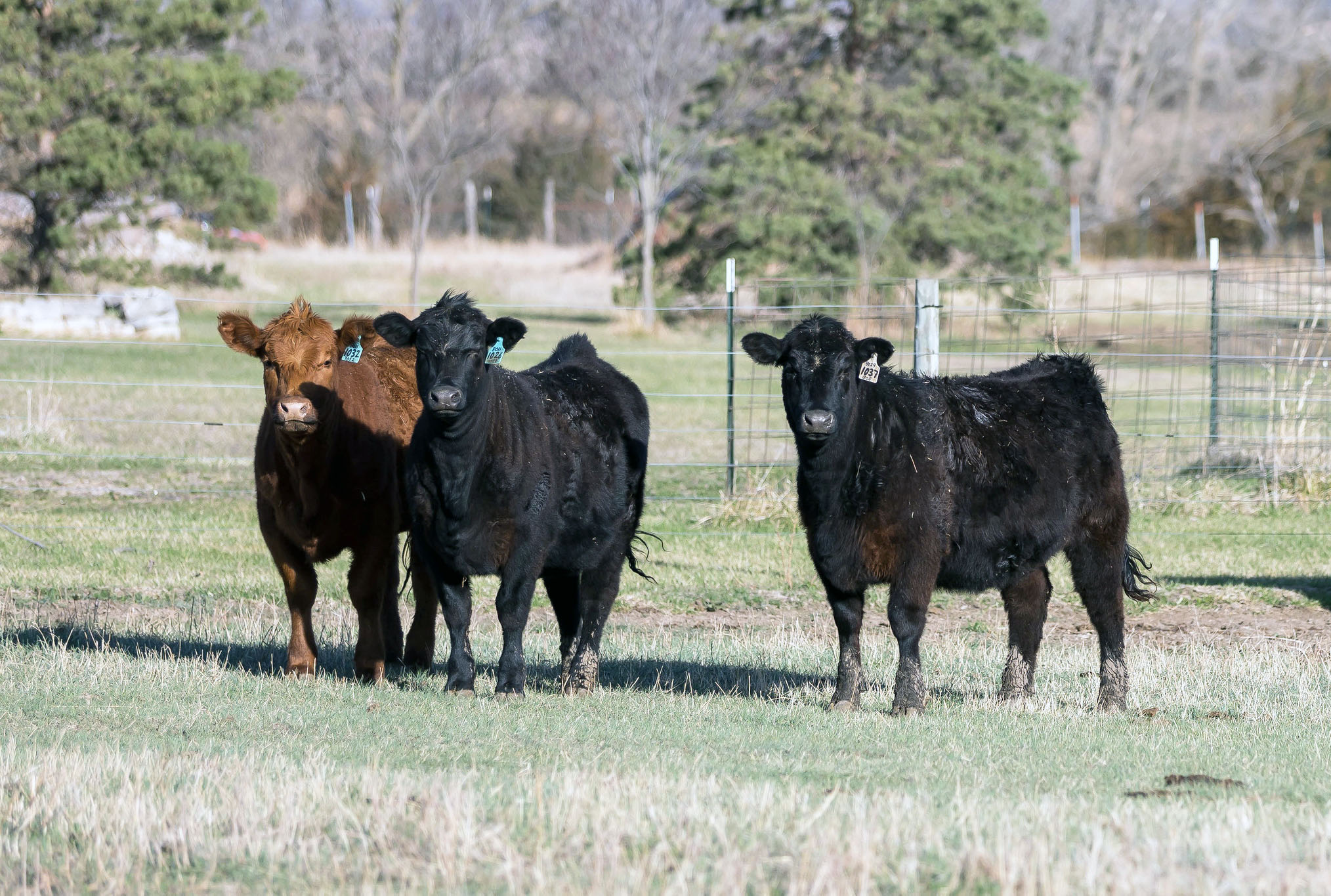The U.S. Department of Agriculture’s Animal and Plant Health Inspection Service is continuing a path to require electronic identification for certain cattle and bison moving between states, the agency announced in a news release April 26.
APHIS said it was putting in place the technology, tools and processes to help quickly pinpoint and respond to costly foreign animal diseases.
“Rapid traceability in a disease outbreak will not only limit how long farms are quarantined, keep more animals from getting sick and help ranchers and farmers get back to selling their products more quickly— but will help keep our markets open,” said APHIS Administrator Michael Watson.
One of the most significant benefits of the rule for farmers and ranchers will be the enhanced ability of the United States to limit impacts of animal disease outbreaks to certain regions, which is the key to maintaining foreign markets, APHIS said.
“By being able to readily prove disease-free status in non-affected regions of the U.S., we will be able to request foreign trading partners recognize disease-free regions or zones instead of cutting off trade for the entire country. Traceability of animals is necessary to establish these disease-free zones and facilitate reestablishment of foreign and domestic market access with minimum delay in the wake of an animal disease event.”
Goal of USDA
This rule is the culmination of goals established by USDA to increase traceability, protecting against disease outbreaks, and enhances a rule finalized in 2013 for the official identification of livestock and documentation for certain interstate movements of livestock.
The USDA said it is committed to implementing a modern animal disease traceability system that tracks animals from birth to slaughter using affordable technology that allows for quick tracing of sick and exposed animals to stop disease spread. The USDA will continue to provide tags to producers for free to enable fast response to a foreign animal disease. For information on how to obtain these free tags, visit https://www.aphis.usda.gov/livestock-poultry-disease/traceability.
Applicable livestock
The final rule applies to all sexually intact cattle and bison 18 months of age or older, all dairy cattle, cattle and bison of any age used for rodeo or recreation events and cattle or bison of any age used for shows or exhibitions.
The rule requires official eartags to be visually and electronically readable for official use for interstate movement of certain cattle and bison, and it revises and clarifies certain record requirements related to cattle. A copy of this rule is available for viewing at https://www.aphis.usda.gov/sites/default/files/traceability-final-rule.pdf, and the rule will be published in the Federal Register in the coming weeks. This rule will be effective 180 days after publication.
To learn more about animal disease traceability and how APHIS responds to animal disease outbreaks, visit www.aphis.usda.gov.
Cattle organizations weigh in
| National Cattlemen’s Beef Association President Mark Eisele, a Wyoming rancher, said the cattle producers need certainty. “USDA’s final traceability rule updates the existing requirement for animal identification that has been in place since 2013, switching from solely visual tags to tags that are both electronically and visually readable for certain classes of cattle moving interstate,” Eisele said. “Many producers are already familiar with using these visual tags, and under the new rule, they will instead use electronic tags. NCBA has worked hard to secure $15 million in funding for producers to reduce the cost of implementing this change. We also remain committed to safeguarding producers’ private data and continuing to reduce the cost of ear tags for farmers and ranchers. Our industry faces a tremendous threat from the risk of a future foreign animal disease on American soil. To avoid devastating financial losses during a potential outbreak and to help producers quickly return to commerce, we need an efficient animal disease traceability system.” R-CALF USA CEO Bill Bullard said the rule does not benefit cattle producers or consumers. “This rule is intended to benefit multinational beef packers and multinational eartag manufacturers who will profit at the expense of cattle producers and consumers,” he said. “In fact, because the rule is cost-prohibitive for independent cattle producers, the agency is using millions of taxpayer dollars to give millions of their unnecessary EID eartags away,” Bullard stated in a news release. “The USDA has slapped independent cattle producers, who have worked closely with the USDA in the past to very successfully control, contain, and eradicate foreign animal diseases, in the face. “Our goal will be to restore for our nation’s cattle producers the flexibility the USDA promised them when they agreed to the agency’s 2013 rule. That common-sense rule provided producers the flexibility to use a variety of different animal identification devices, depending on what best fit their individual operations. Among those approved devices producers could choose among were the very inexpensive metal eartags and the very costly electronic identification eartags. The USDA has robbed producers of their ability to make their own business decisions. We cannot and should not tolerate this as an industry.” The NCBA said the rule will affect 11% of the nation’s cattle herd. Dave Bergmeier can be reached at 620-227-1822 or [email protected]. |



